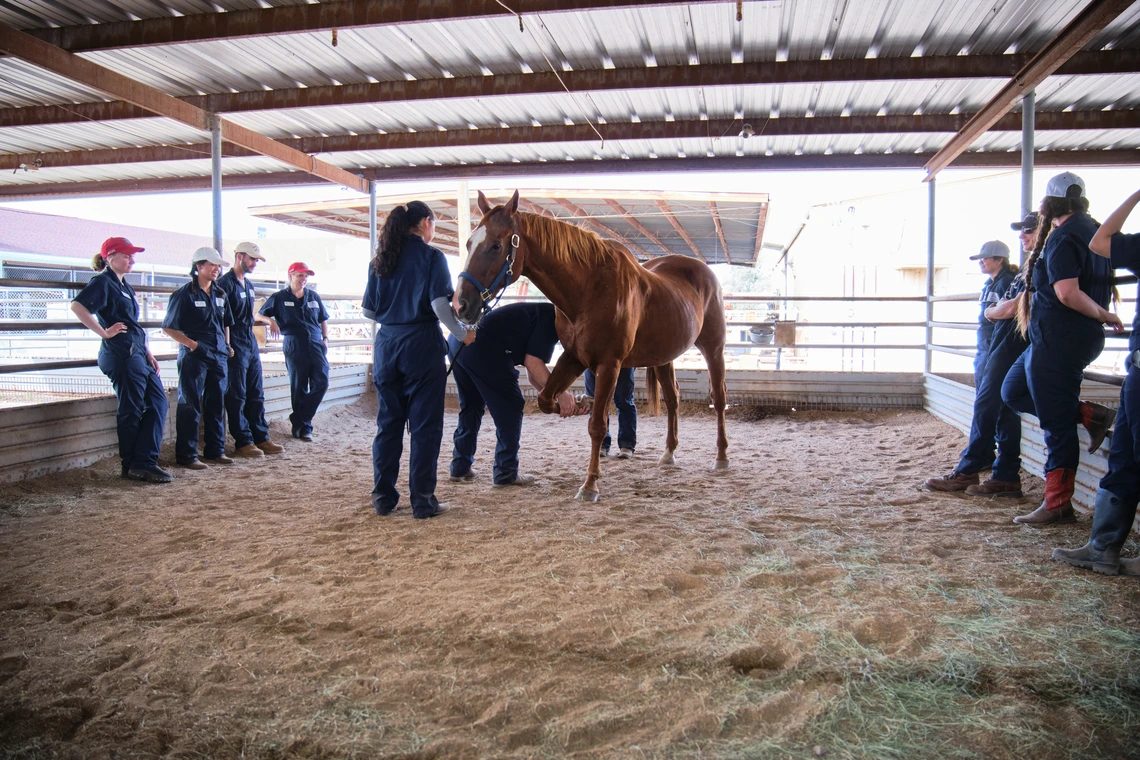Come learn about the Arizona College of Veterinary Medicine.
Image

When
Noon – 1 p.m., Feb. 28, 2023
Where
Want to learn more about our program?
The University of Arizona College of Veterinary Medicine is excited to provide an Information Session to prospective students! Please join us on Zoom to learn about DVM program requirements and see pictures of our facility. Afterward, you can ask the Admissions Team any remaining questions you have.
The session begins at the scheduled time and will last up to an hour. After registering for the event, you will receive a confirmation email with the Zoom information.
